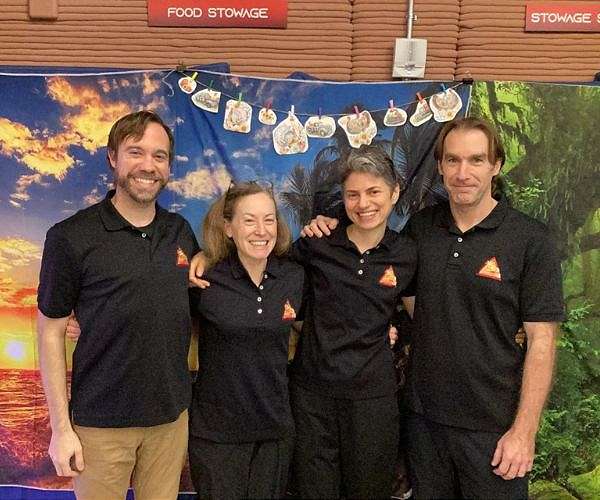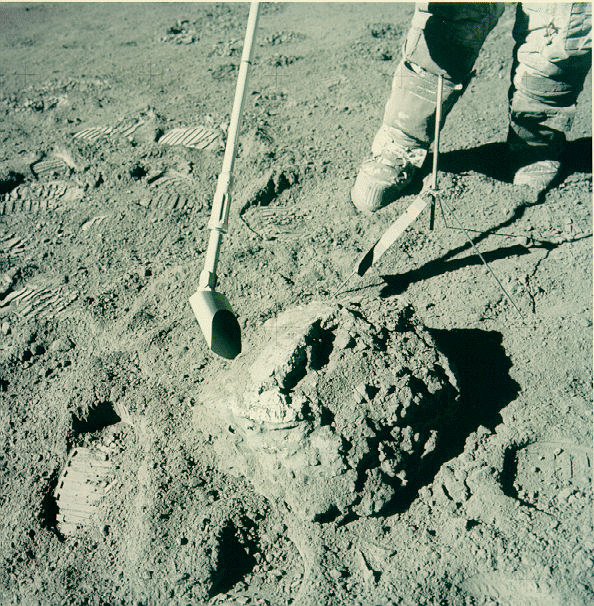NASA’s CHAPEA mission reaches 200-Day milestone in Mars Analog Study
by Clarence Oxford
Los Angeles CA (SPX) Jan 12, 2024
The first crew involved in NASA’s groundbreaking Mars analog mission, CHAPEA (Crew Health and Performance Exploration Analog), has successfully crossed the halfway mark of their year-long mission. As of January 11, the four-person team has spent 200 days in a specially designed habitat at NASA’s Johnson Space Center in Houston, with the mission set to conclude on July 6, 2024.
This crew, which embarked on their journey on June 25, 2023, has been living and working in a 1,700-square-foot habitat that simulates the conditions of a Mars mission. The CHAPEA project is a critical element of NASA’s preparation for eventual human exploration of Mars. It focuses on studying the health, behavior, and performance of astronauts in an environment that closely mirrors the challenges they would face on a real Mars mission.
Over the past 200 days, the crew has achieved significant milestones. They successfully grew and harvested their first crops, including tomatoes, peppers, and leafy greens, within the confines of their habitat. This achievement is vital, as sustainable food production will be a crucial component of long-term space missions.
Furthermore, the crew participated in a series of simulated “Marswalks.” These activities were designed with a realistic time delay, tempo, and tasks that astronauts on a future Mars mission would likely encounter. These simulations are essential for testing both the physical and psychological endurance required for real Mars expeditions.
In addition to these practical exercises, the crew has been involved in various scientific investigations in biological and physical sciences. The data and insights gained from these studies are expected to play a crucial role in shaping NASA’s approach to long-duration space exploration, particularly in ensuring the health and performance of astronauts on such missions.
The CHAPEA project is part of NASA’s broader strategy for space exploration, which includes the Artemis program. Through Artemis, NASA aims to return to the Moon for long-term scientific study and exploration. This program is significant not only for its scientific goals but also for its commitment to diversity, aiming to land the first woman and the first person of color on the Moon. The technology and knowledge derived from the Artemis missions, along with ground-based activities like CHAPEA, are instrumental in preparing NASA for the next major leap in space exploration: sending astronauts to Mars.
The experiences and findings from the CHAPEA mission will offer invaluable insights into the physical, psychological, and logistical challenges of living on Mars. These lessons will be crucial for ensuring the success of future long-duration exploration missions to the Red Planet, helping humanity take one step closer to becoming a multi-planetary species.
Related Links
CHAPEA (Crew Health and Performance Exploration Analog)
Mars News and Information at MarsDaily.com
Lunar Dreams and more




